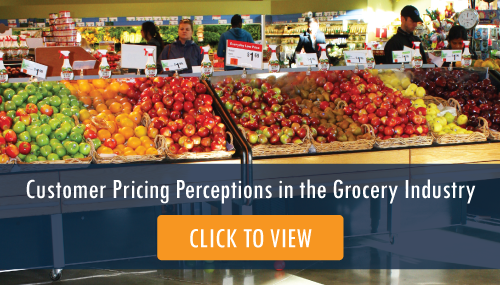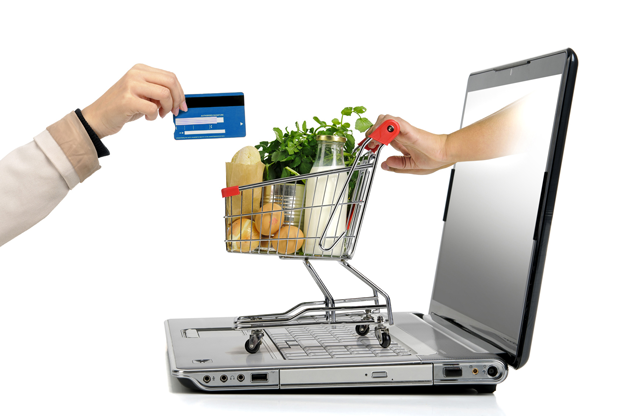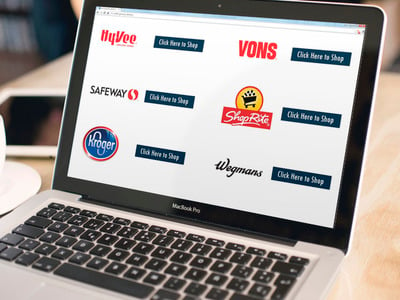The grocery industry has seen continuous change over the last ten years: High-end, Farm-to-table, Organic. These niche products are just the latest movement overtaking the grocery industry. The large-model supermarkets, focused on serving the community, once reigned king and are now starting to see significant competition.
With so many new grocers popping up across the country (with online options), it seems crazy to consider that food deserts are still an issue in many well-populated areas. Large U.S. cities suffer from the lack of nearby, affordable, and nutritious food for purchase and it’s been difficult for some regions to entice grocers to open new stores for a variety of reasons, sociopolitical or otherwise.
Online is a growing option
The grocery industry needs to be able to accept the expanse of e-commerce as well as provide growth opportunities for the grocers themselves. Every year, the list of traditional grocers offering online ordering grows and prevailing trends show that a significant portion of grocery sales will be online in the coming years.
The introduction of non-traditional players, such as Envoy, Peapod, Instacart, Amazon, & Google, entering the grocery industry via online also continues to grow, becoming a competitive threat and challenging the market share of traditional grocers.
A huge online player like Amazon with experience in shipping items quickly and with consumer confidence is especially concerning for brick and mortar grocery stores. Still, a company looking to specialize in delivery can also alleviate some pressure off of individual grocers if they decide to partner up. Whole Foods partnership with Instacart is an example of two companies trying to leverage each other’s strengths.
What does the online trend mean for consumers?
The increasing prevalence of online grocery means that food desert areas should shrink. After all, if Amazon can deliver anywhere, consumers should theoretically be able to get groceries delivered right to their door, from the grocer of their choosing. Recently, many delivery services also started to implement 'same-as-store' pricing plans to combat consumers’ aversion to higher prices for delivery.
As the online marketplace changes, the future of the grocery industry and the grocery consumer is bound to evolve yet again over the next few years, and it will certainly be something TrendSource will be keeping an eye on.


